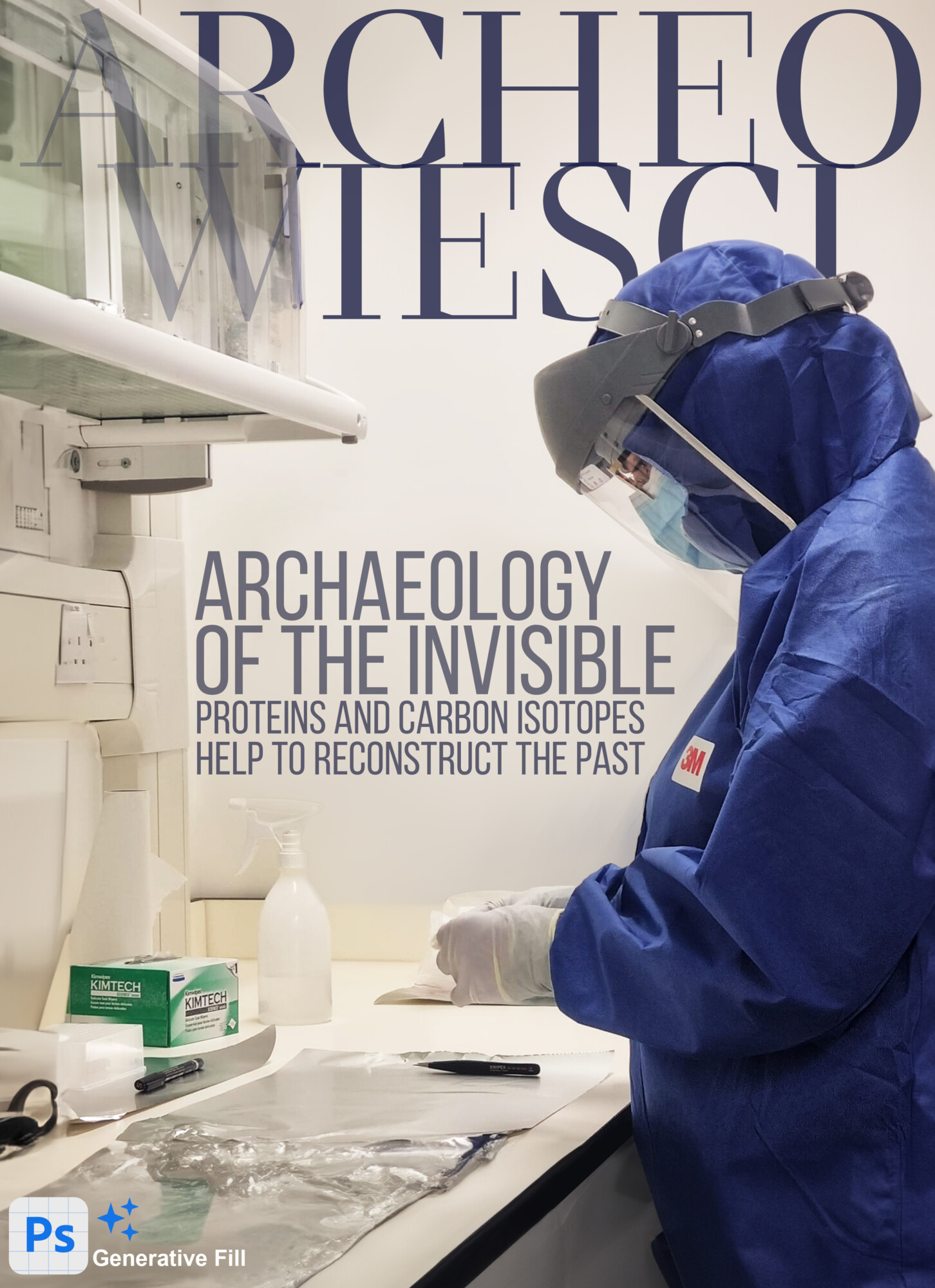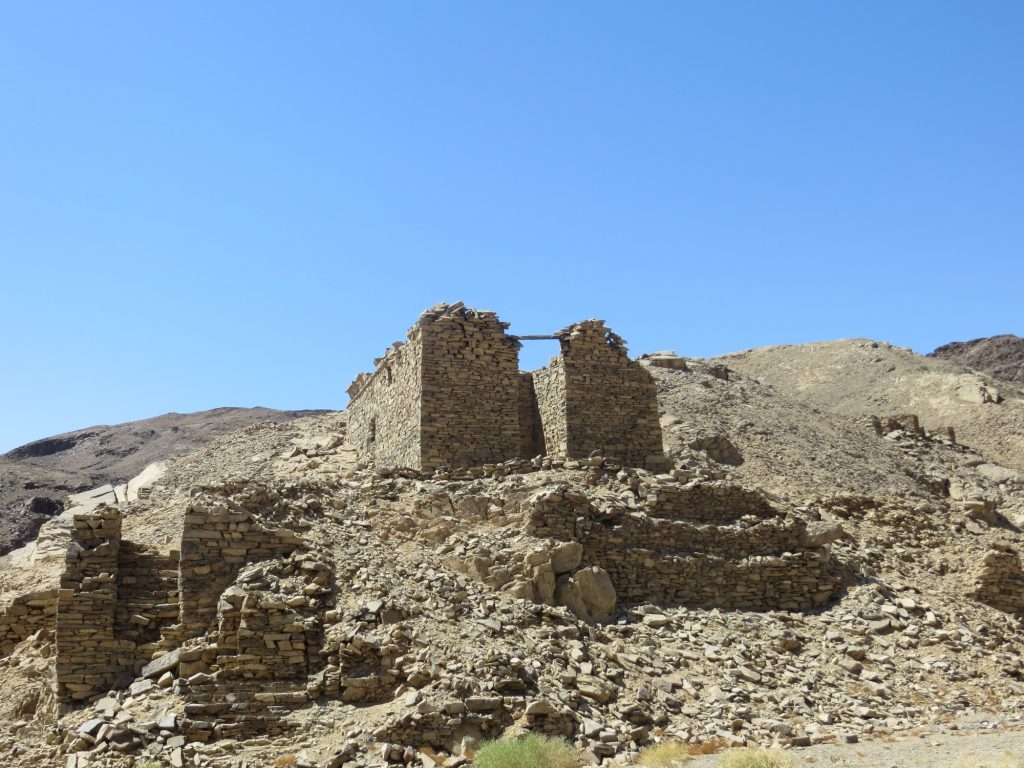
Dr. Helen Fewlass is an archaeological scientist in the Ancient Genomics Lab at the Francis Crick Institute in London, UK. As an EMBO (European Molecular Biology Organization) Postdoctoral Fellow at the Crick, she studies proteins in ancient bones and fossils to tell how old they are and to investigate the process of human evolution. She is now collaborating with the researchers of the Faculty of Archaeology of the University of Warsaw in many scientific projects which involve radiocarbon dates and their interpretation. Archeowieści reached out to her for a little interview about her job and the connection of her field of expertise with the archaeological world. Continue reading “Archaeology of the invisible: how proteins and carbon isotopes help to reconstruct the human past”


